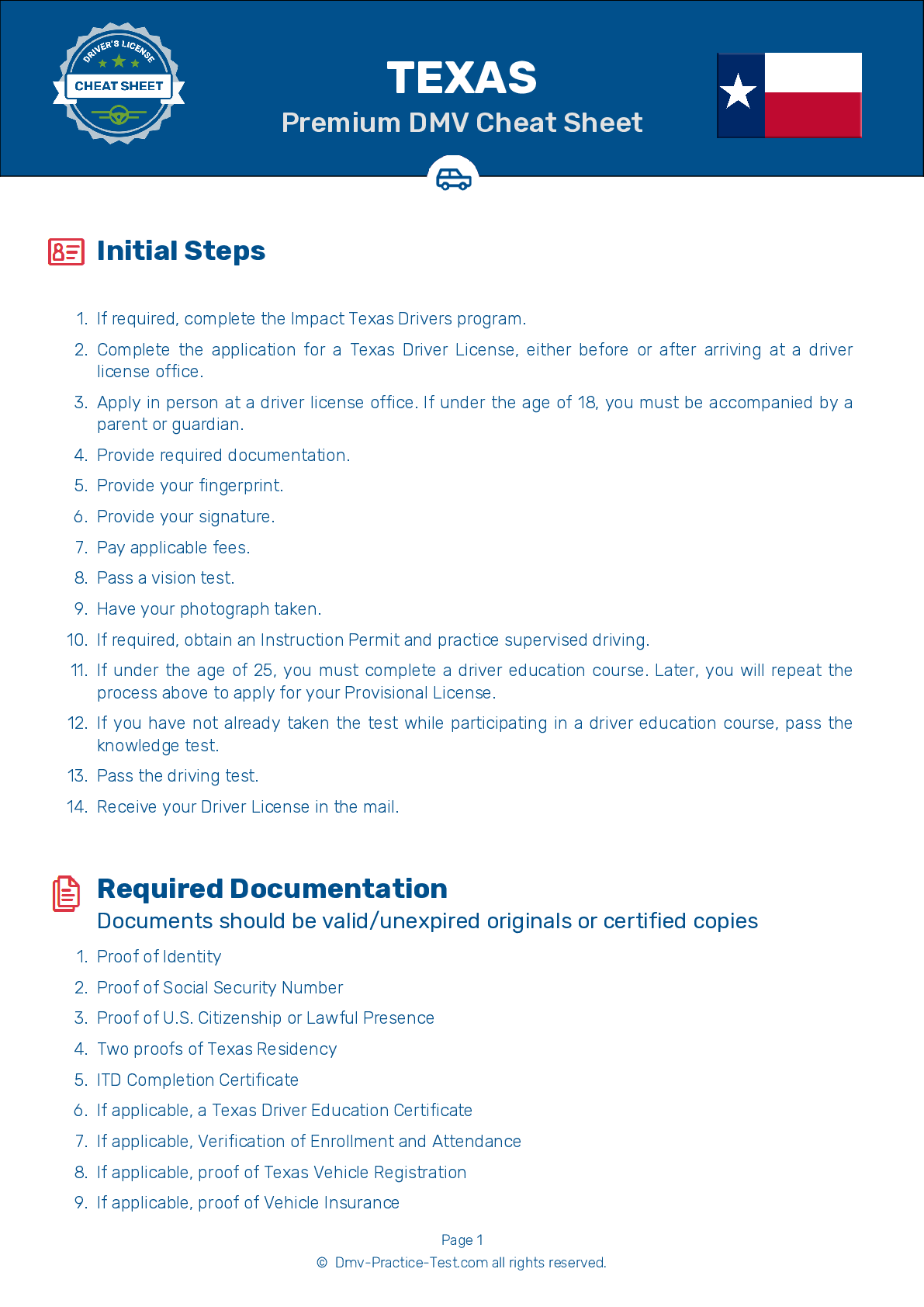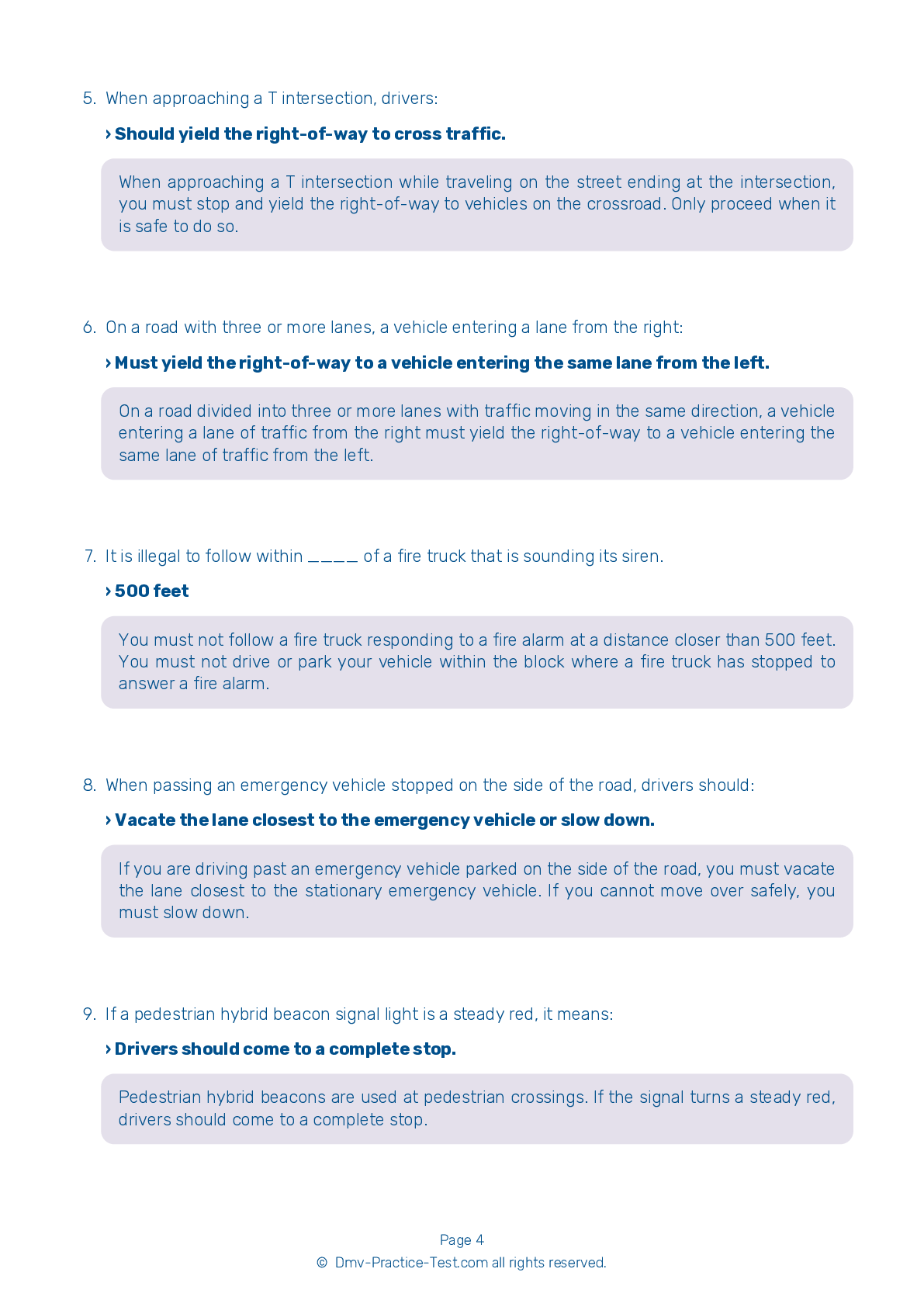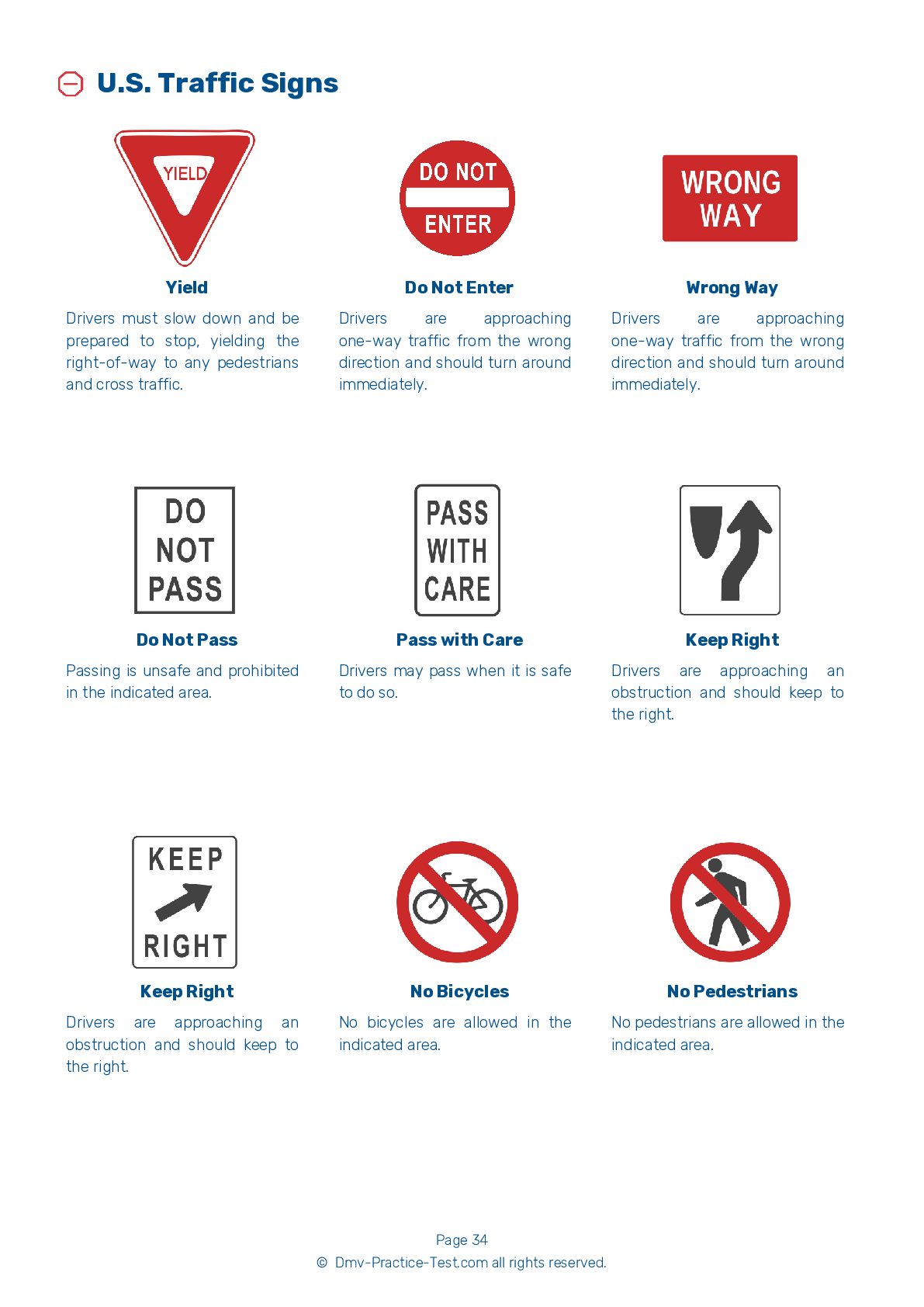FREE Texas DMV Practice Test #17 Page 3 of 5
For January 2025, the Texas DMV practise exams have been revised. It comprises questions based on the most important traffic signals and laws for 2025 from the Texas Driver Handbook. To study for the DMV driving permit test and driver's licence exam, use actual questions that are very similar (often identical!) to the DMV driving permit test and driver's licence exam.
Each question on the practise exam has a tip and explanation to help you recall the ideas. Questions about traffic rules, traffic signs, and driving statutes, as well as knowledge from the Driver Handbook, will be included in the written portion of the official Texas DMV test.
You must properly answer 21 of the 30 questions to receive a passing mark. Use the Texas Department of Motor Vehicles' practise exam to help you prepare for your instruction permit or driver's licence.
The DMV exam is offered in a variety of languages.
Using any form of testing help will result in an automatic fail, and the DMV may take further action against your driver's licence, so avoid it.
13 . If you are driving in another driver's blind spot, you should:
Do not drive in someone else’s blind spot. Move forward or drop back so that the other driver can see you.
14 . What is the meaning of this sign?
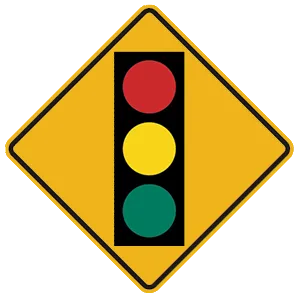
This sign indicates that there is a traffic signal at the intersection ahead.
15 . This road sign means:
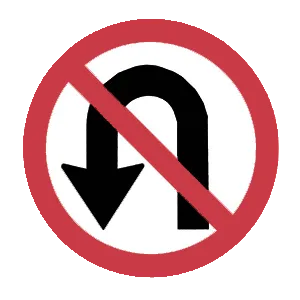
This signs indicate that U-turns are prohibited in the location where it is posted.
16 . When approaching a roundabout, you should always:
When approaching a roundabout, slow down. A roundabout is designed to be driven at a low speed.
17 . What happens if you drink alcohol while taking prescription or over-the-counter medicine?
Consuming alcohol and other drugs together can increase the impairing effects of both. For example, having one drink while you are also using a cold remedy could affect you as much as several drinks would when being consumed separately from any medications.
18 . If an emergency vehicle with flashing lights is traveling in the area where you are driving, you should:
If an emergency vehicle with flashing lights is traveling in the area where you are driving, you must make every effort to give them a clear path of travel. If it is safe to do so, pull your vehicle to the side of the road to give the emergency vehicle an open pathway.
Need Car Insurance? No problem!
Compare the best rates in Texas and find a personalized policy that meets your needs.
1. Are You Currently insured ?
2. Married ?
3. Do you own your Home?
4. Do you have more than 1 car ?
5. Have you or a Family Member Honorably Served in U.S. Military ?
6. Your Name
7. Age
8. Zip code
IMPORTANT REMINDER:Auto Insurance is Mandatory to drive in Texas. Get covered before you hit the road to avoid any fines.
Ranked by best match
